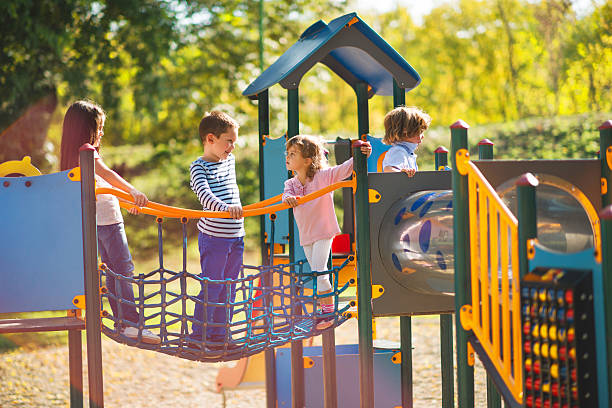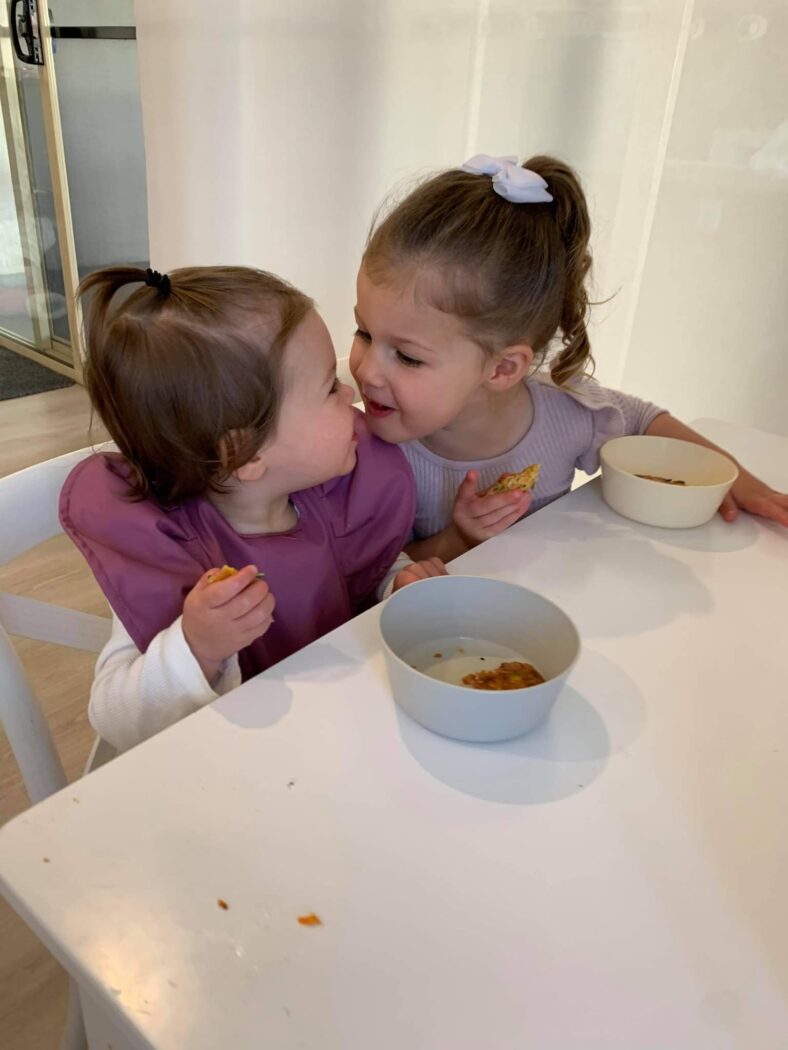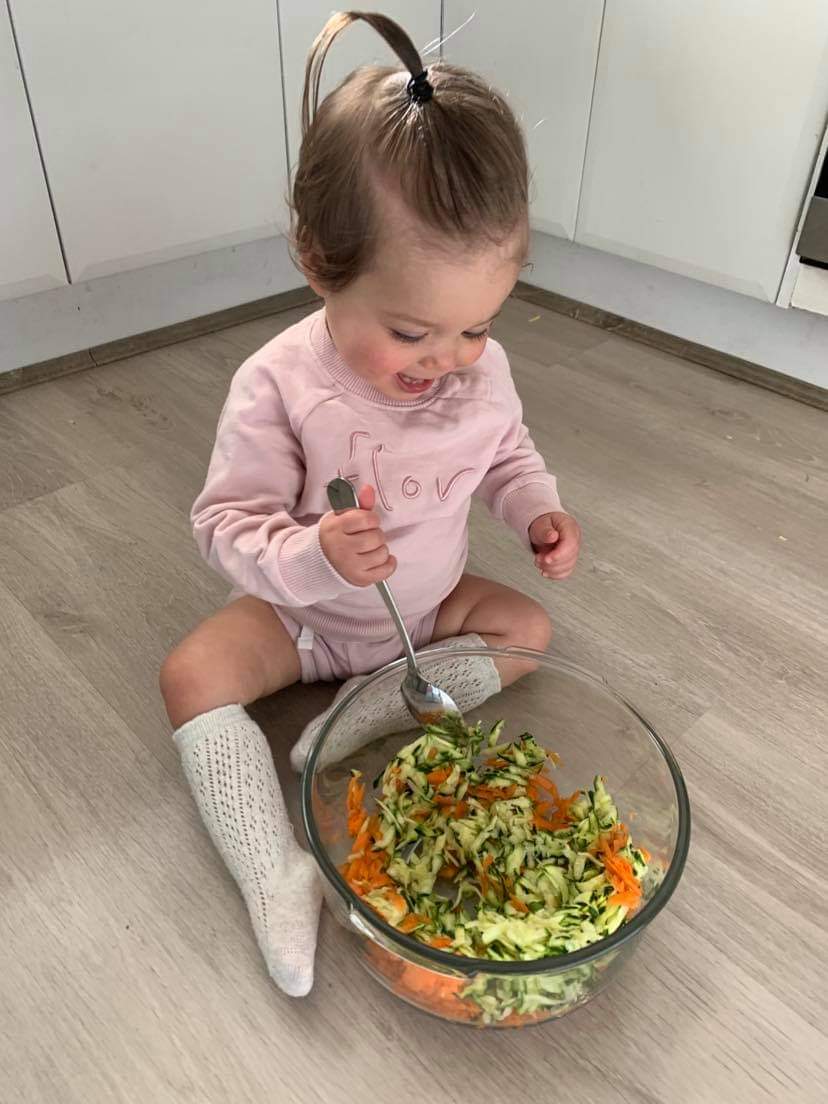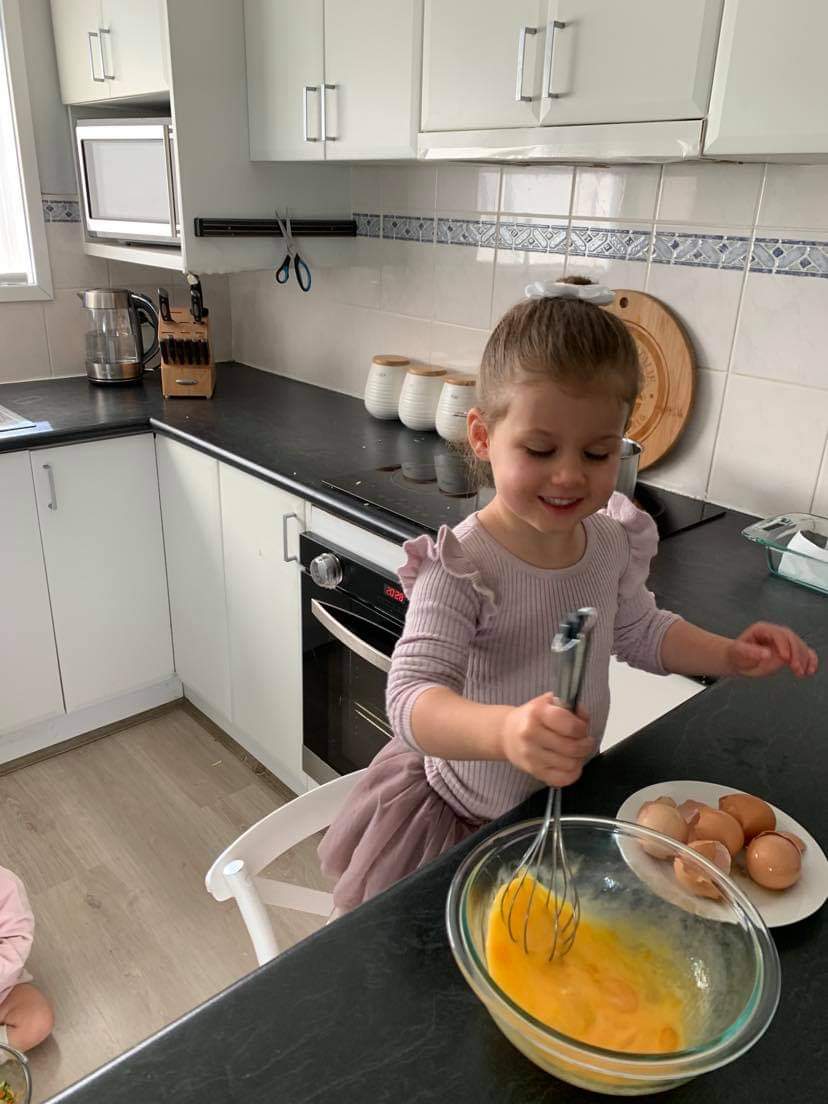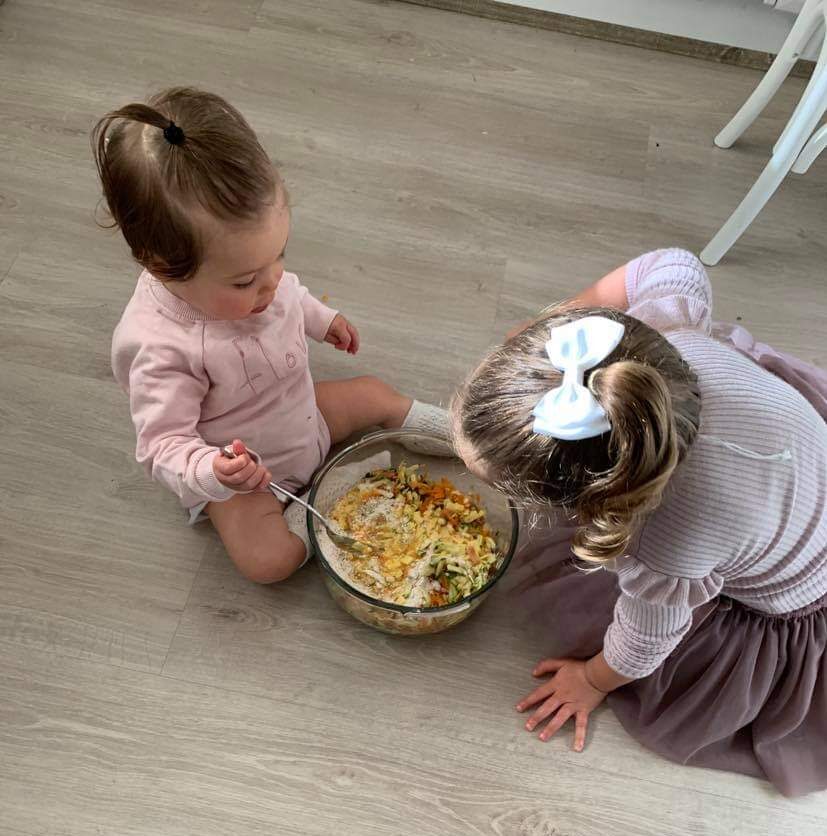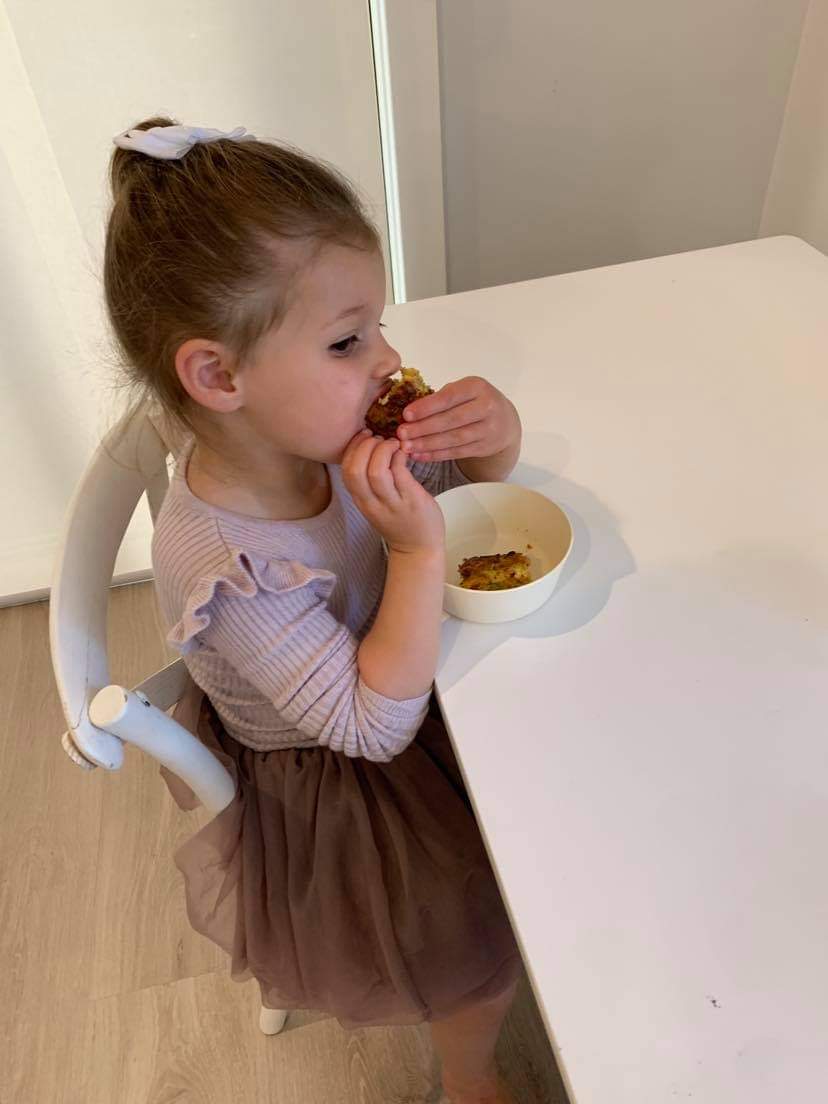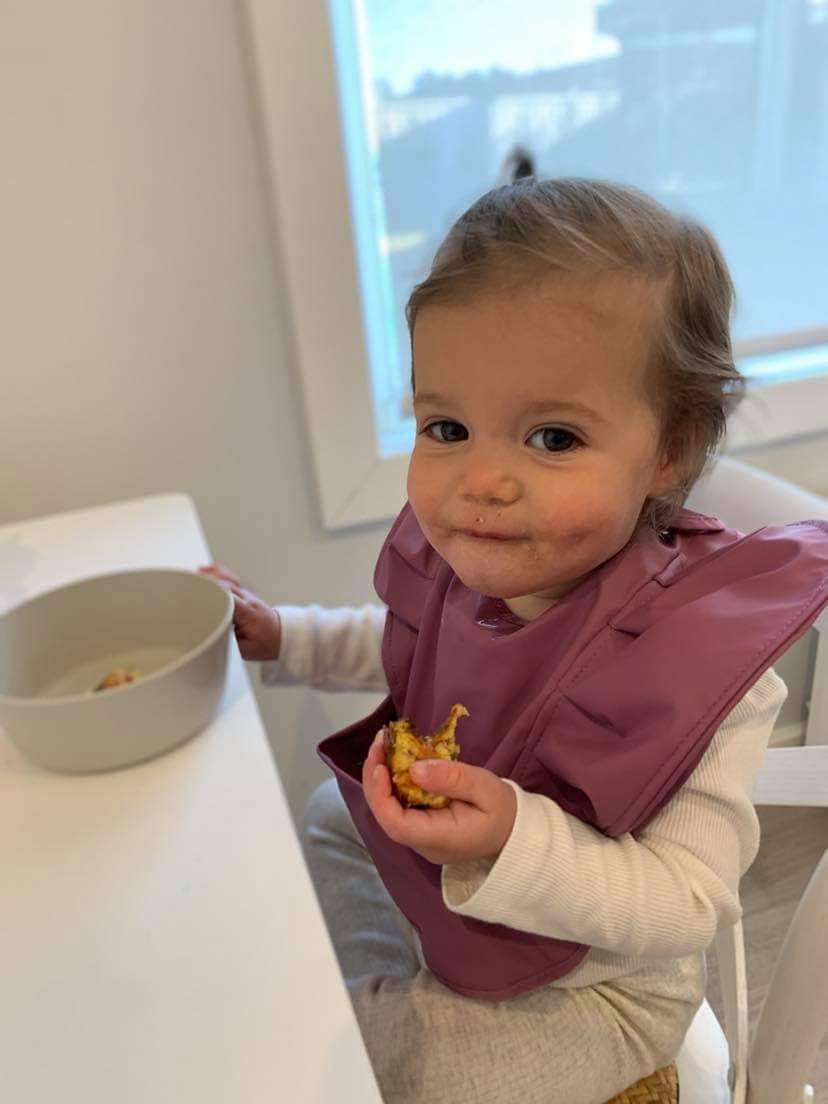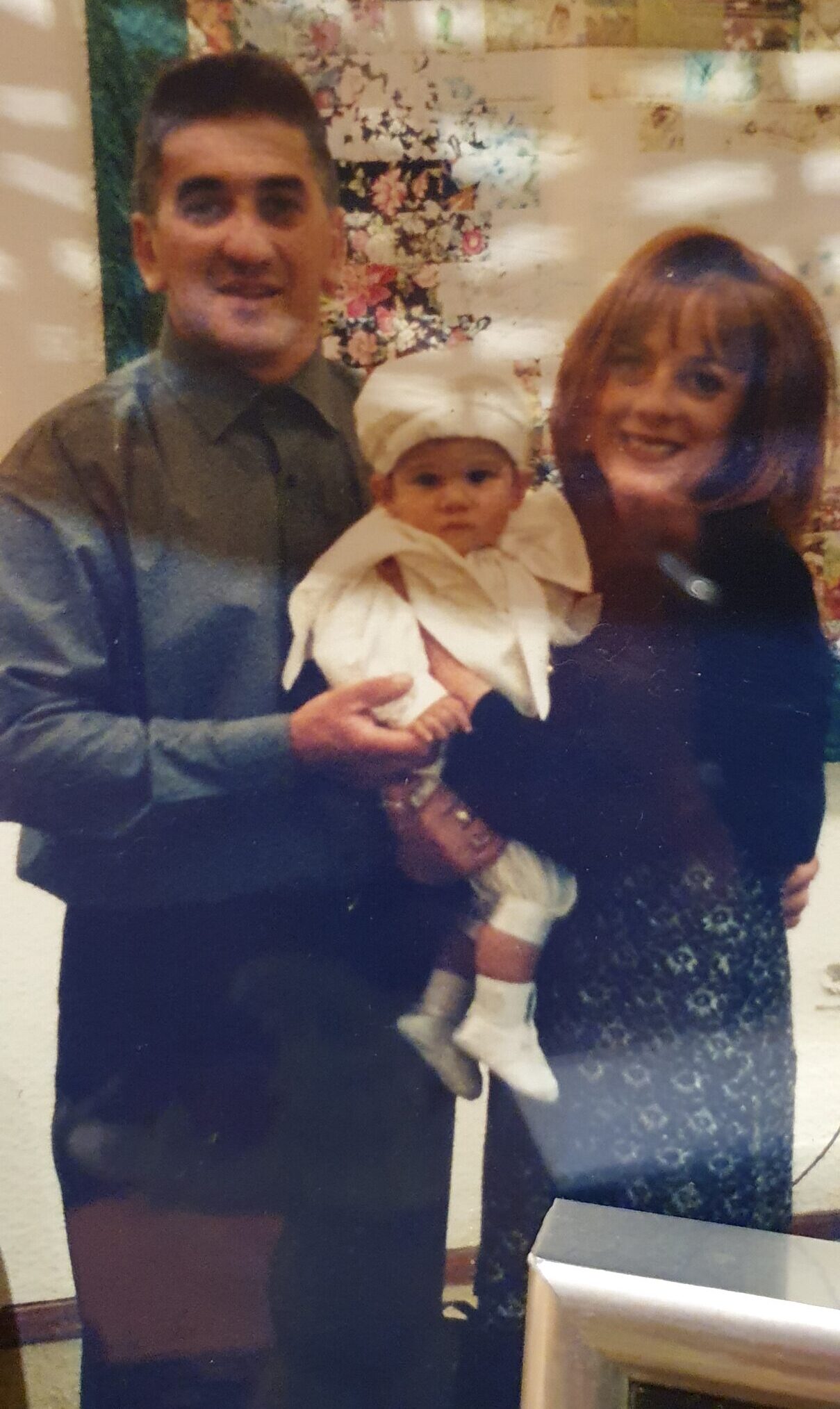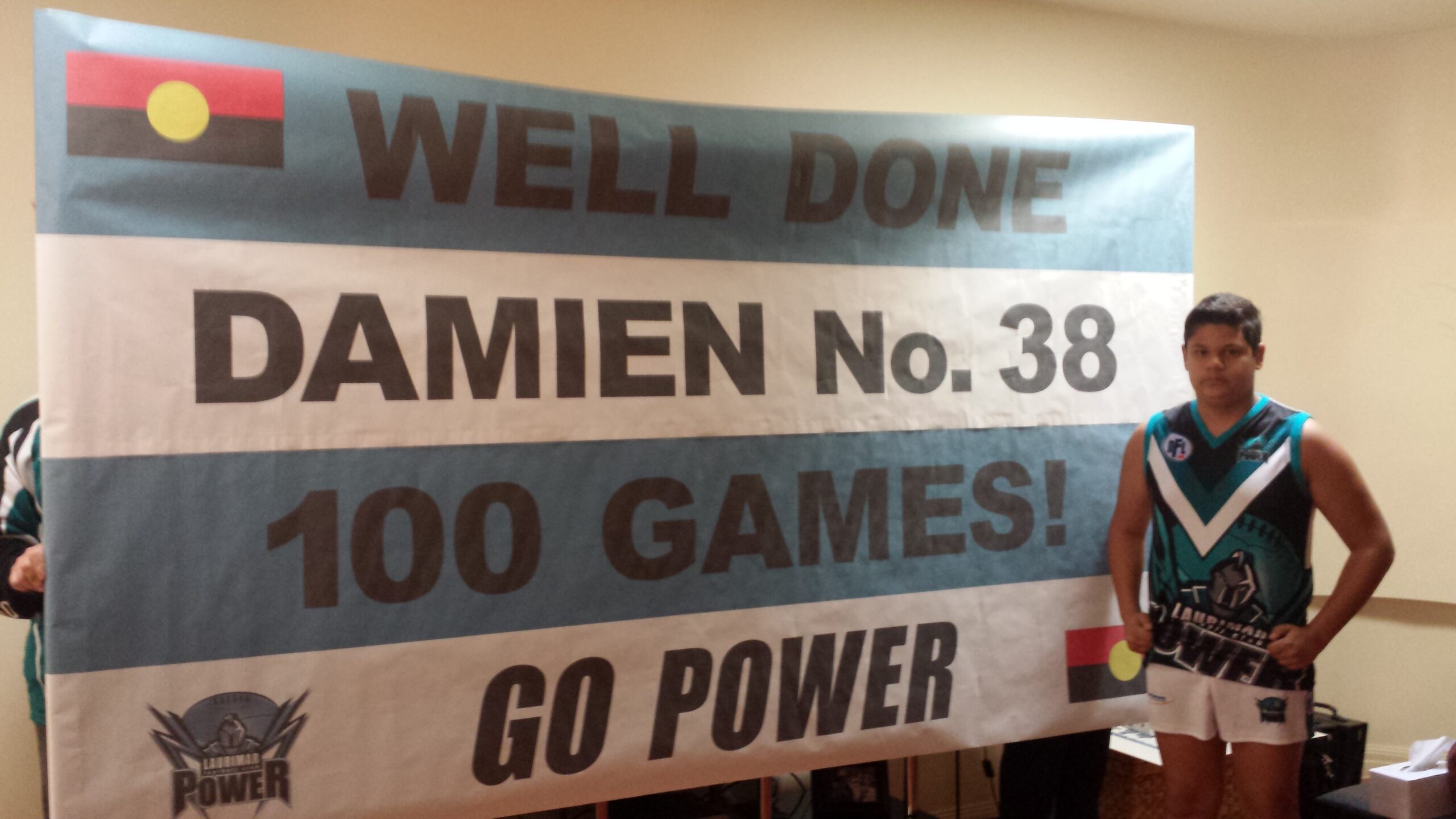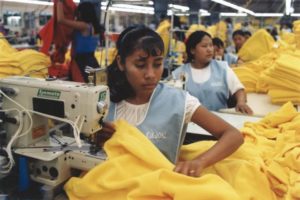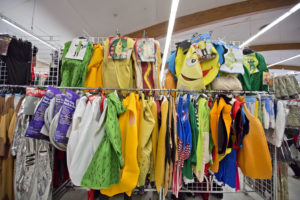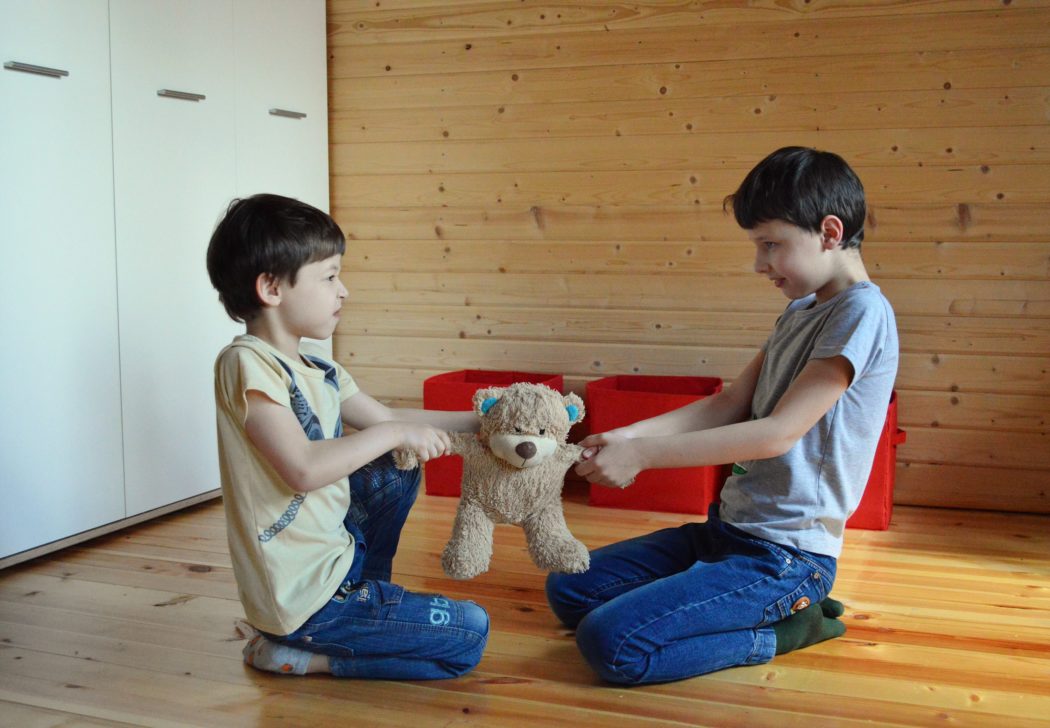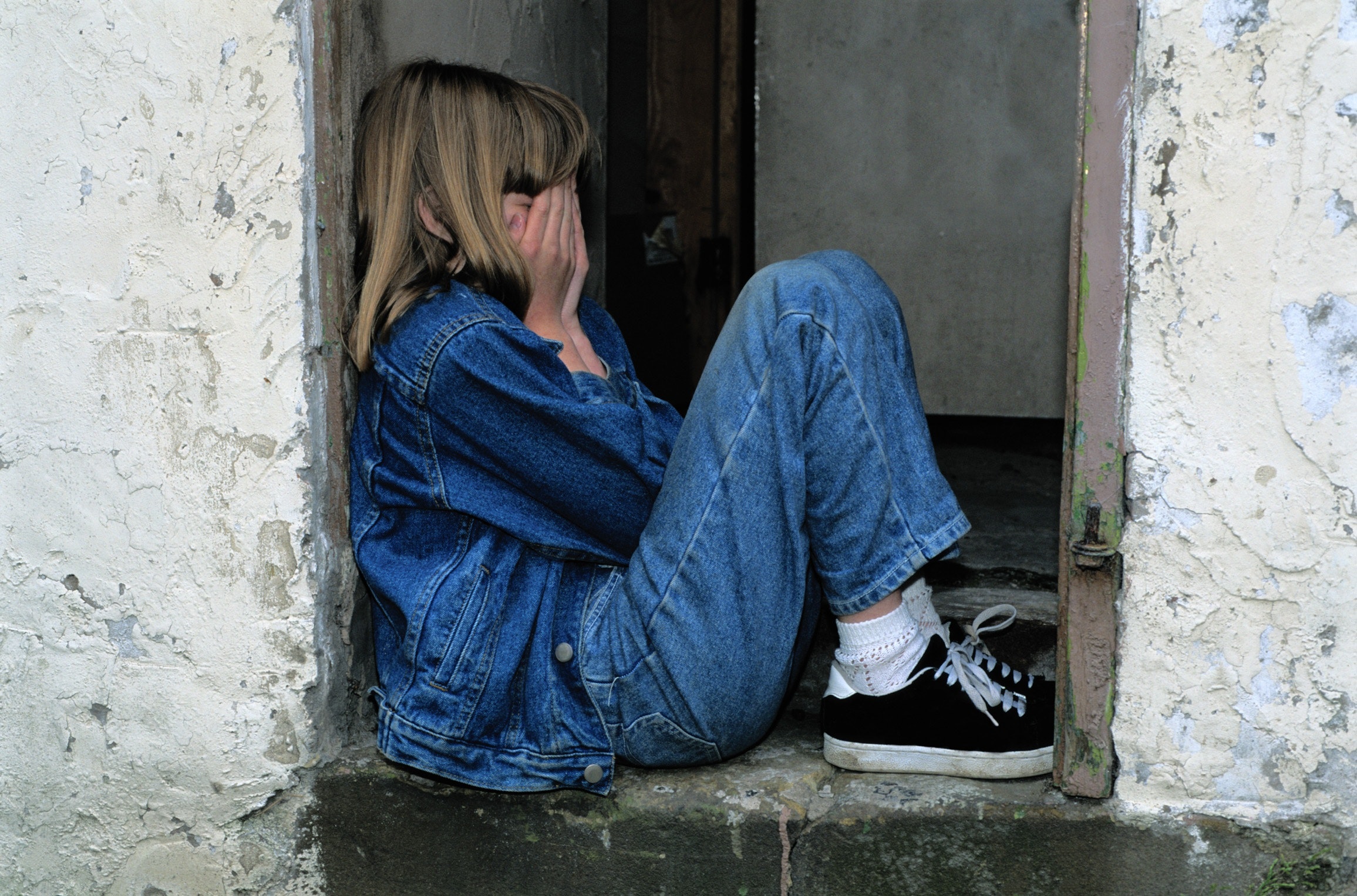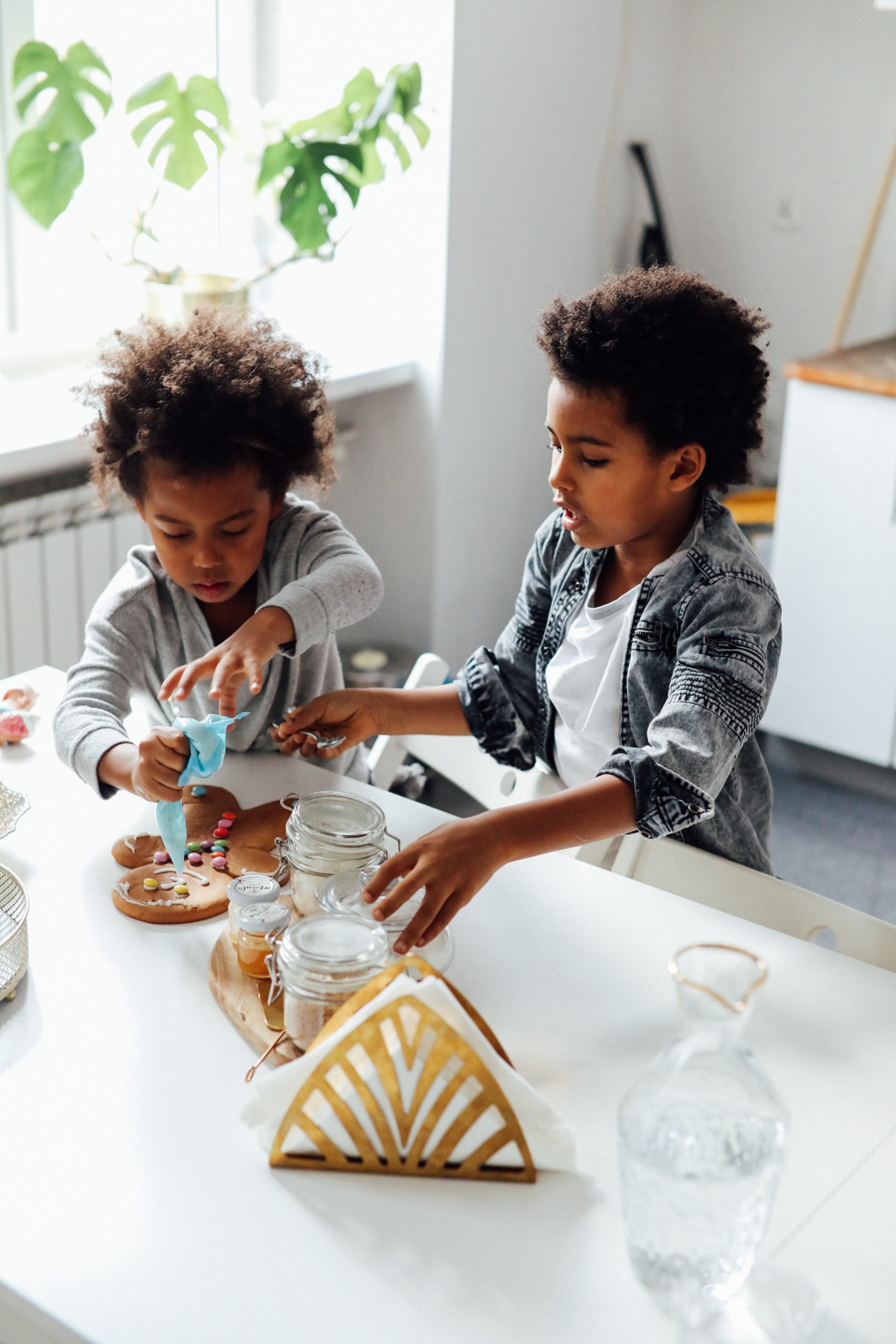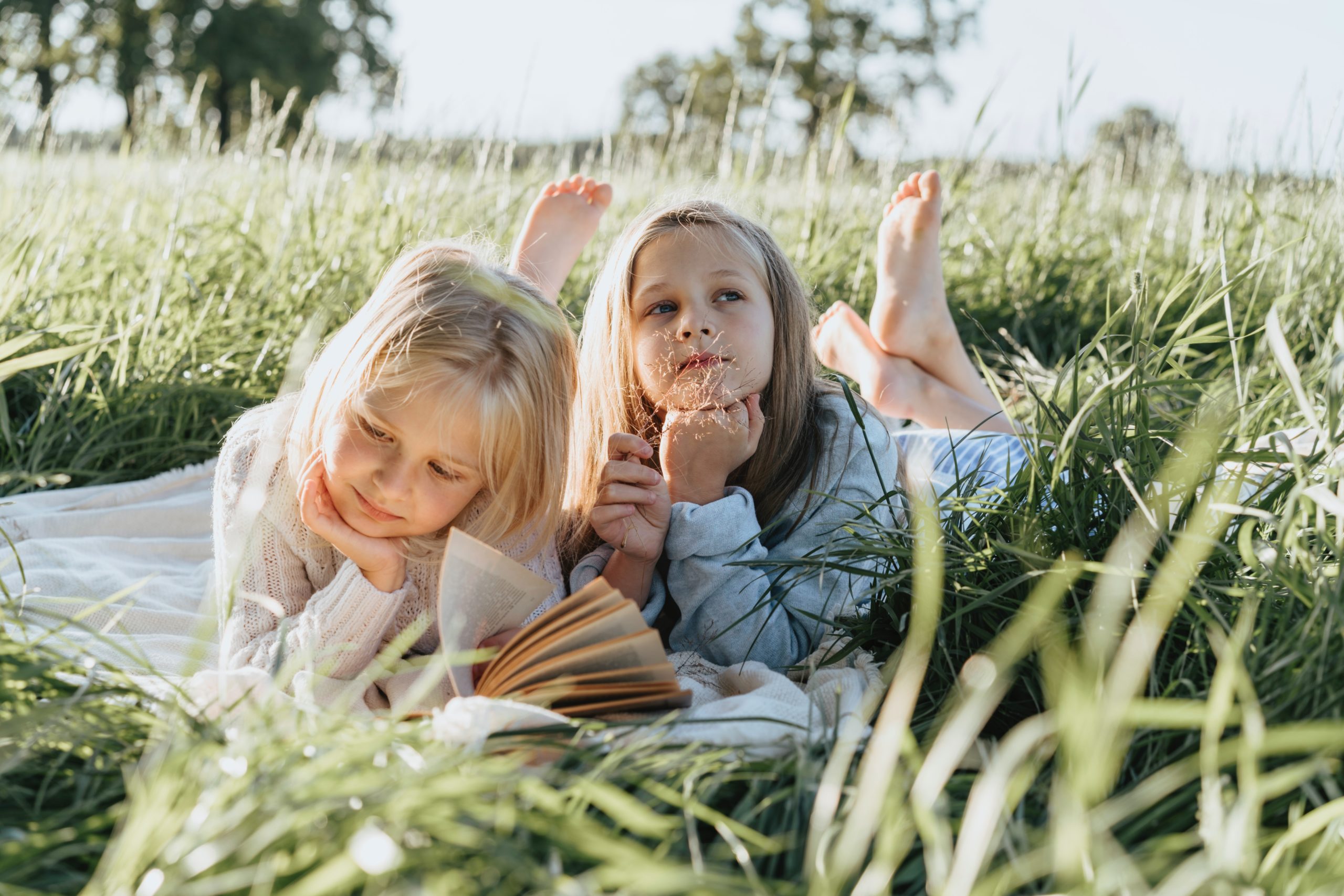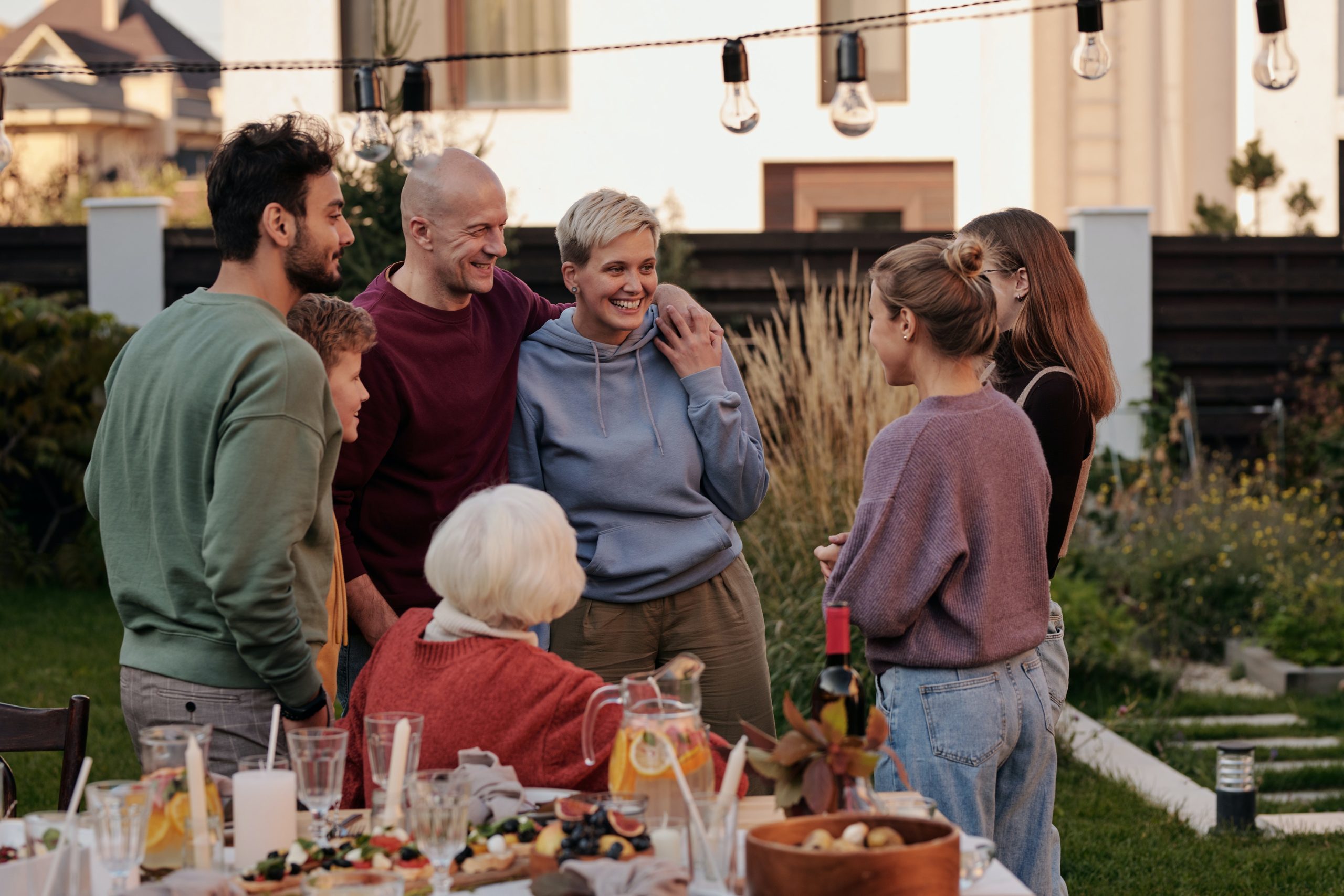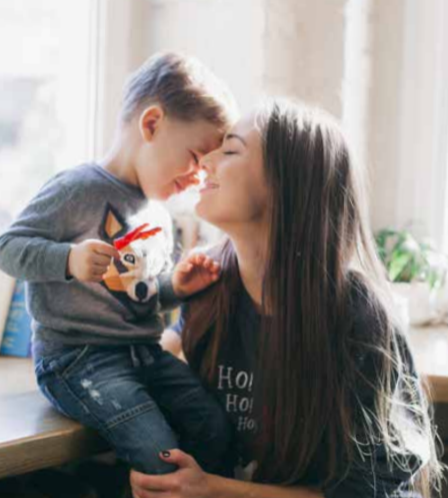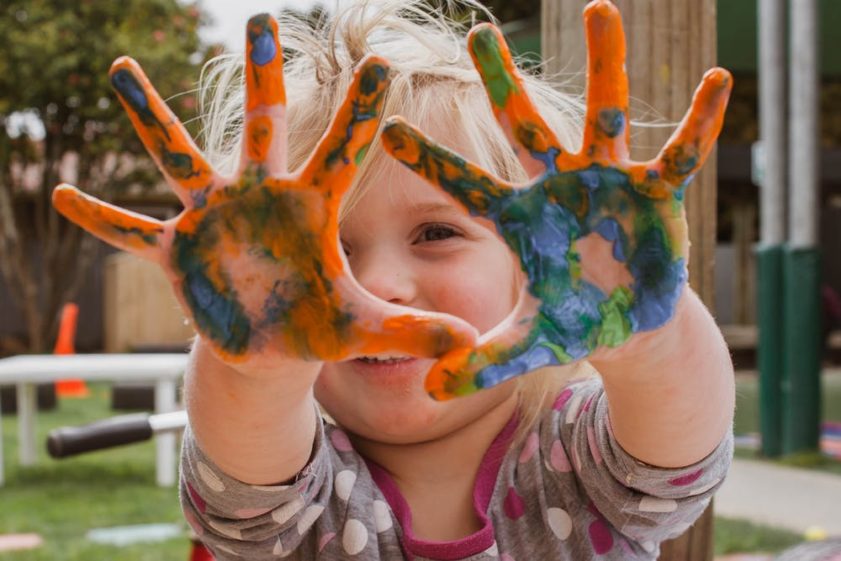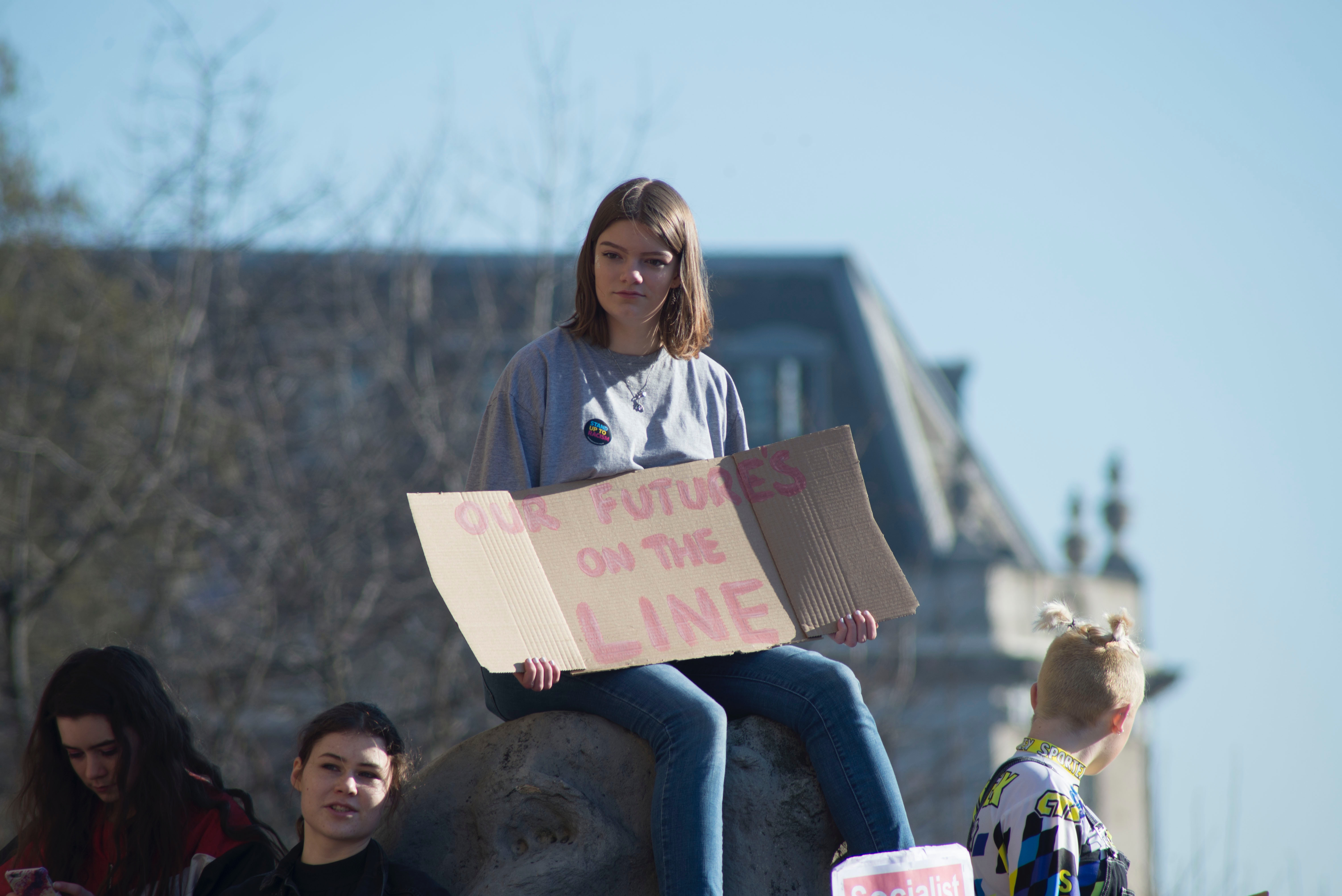Kristin Neff PhD, Associate Professor at the University of Texas and global expert on the academic study of Self Compassion, discusses the antidote to harsh self-talk and how a swathe of worldwide study is proving the benefits of befriending yourself.
Do you have a nickname for yourself? Julia Cameron, author of The Artist’s Way writes about her inner critic she calls Nigel, “He looks down on the rest of me. Nothing is ever good enough for Nigel.” As a child I heard my mum call herself, Stupid, hyphenated with Idiot. She called me Darling, like I do with my kids.
Dr Kristin Neff, Associate Professor of Human Development and Culture at the University of Texas thinks I should start calling myself Darling instead of Stupid-Idiot; as a breadth of research indicates I could have better physical health, happier relationships, more motivation, less anxiety and depression and a stronger resilience for coping with stress and trauma.
But where would we be without Nigel?!” asks the stiff upper lip of our collective Western psyche. “People have false beliefs about Self Compassion. They think it’s going to make them weak, undermine motivation, make them complacent or self-indulgent but once you have the research it shows, well actually, it’s just the opposite. It helps people say, ‘Well, maybe I’ll give it go,’’’ says Neff, an academic pioneer of the subject who, in 2003, developed a ground-breaking research tool called The Self Compassion Scale.
Designed to evaluate trait levels of Self Compassion within an individual’s thoughts, behaviours and emotions, the scale has since been used in over 2000 studies with the concept continuing to gain mainstream interest.

What is Self Compassion?
“It’s a very simple idea,” says Neff, “It’s a common sense idea, it’s not actually radical. You just ask people to think about how they treat their friends’ struggles or a loved one and the type of things they say to help them in difficult times.”
Our self-dialogue is commonly very severe, full of admonishment and criticism which questions self-worth and often leads to feelings of isolation, anxiety and depression.
Neff has found, being harsh and critical doesn’t motivate but rather undermines motivation. She says, “It just makes sense that you’d want to encourage and support yourself and let the voice inside your head be a friendly and supportive one as opposed to a hostile aggressive one. Once people get that, they make the switch for themselves.”
Neff made the switch during her last year of Graduate School at the University of California, Berkeley. She was completing her PhD in the examination of children’s moral reasoning when she became interested in Buddhism.
It was a difficult time, as she was suffering the break-down of her first marriage and had begun questioning her prospects and self-worth.
Through Buddhism, she found relief and noticed that Self Compassion, a central construct of Buddhist Psychology, had never been examined empirically and thus began her passionate devotion both personally and professionally to the practice and study of Self Compassion.
Neff explains that you don’t have to be a Buddhist or spend hours meditating to practice Self Compassion to gain the benefits but there are three components that all need to be practised in order for the concept of Self Compassion to be complete.
The Three Components of Self Compassion
MINDFULNESS Firstly, you must be willing to acknowledge that you are going through difficulty. Often, during hard times, people are caught up in the narrative and don’t identify their own suffering.
“We can get so lost in the struggle, the storyline, that we have no perspective, we’re trying to fix it, trying to problem solve, we’re sometimes trying to shove it under the rug, we don’t even look because it’s too hard. And, it actually doesn’t make sense to be supportive of ourselves if we don’t know we’re struggling,” explains Neff. So, the first step in practising Self Compassion is voicing what is going wrong and how that feels so we notice our own suffering.

SELF KINDNESS means responding to yourself during imperfect times with a kind, internal voice such as, ‘I know you’re feeling scared and overwhelmed right now and this is a difficult time but I’m here for you.’
Placing a hand over the part of your body that is feeling stressed, stroking your arm or giving yourself an endearing name can soothe the emotions experienced, not with the intention of overcoming them immediately, but rather responding with love and support so the problem becomes less overwhelming and easier to bear.

COMMON HUMANITY “Is what distinguishes the practice between Self Compassion and Self Pity.” By acknowledging everyone has flaws and bad experiences, it allows not only an extension of compassion to oneself but also others, leading to less feelings of isolation.
“The problem, overall, is most people know logically we are all imperfect, but emotionally, when a person makes a mistake or something difficult happens, they react as if something has gone wrong. As if this is not supposed to be happening, if it’s not perfect then something is terribly amiss, which isn’t true,” says Neff, who believes that within our inherent connectedness, “That all people struggle, all people make mistakes, everyone is imperfect,” we are able to accept and cope better with our own failings and be less critical of others.

The Best Way to Foster Self Compassion in Children
MODELLING “Is the best way to foster compassion in your children. Model it out loud. A lot of parents are really careful of what they say to their kids but what they’re modelling is, ‘What??!! I’m so stupid, I lost my car keys.’ Children pick up those messages and think, oh that’s the way you’re supposed to be,” says Neff.
MIRROR NEURONS The Mirror Neuron System is somewhat debated in the field of Neuroscience. Mirror Neurons, special brain cells, which are activated both through action and observance are said by some neuroscientists to represent, among other things, the capacity for human empathy. Others have challenged the strength of this claim. However, Neff says, “We’re designed to feel each other’s messages. A huge proportion of the brain’s real estate is evolved for feeling others’ emotions.”
Neff believes humans do this at a primeval level and thinks what happens internally is just as critical as outward behaviour, in terms of what children are capable of picking up on. “We aren’t silos,” she says, “What we cultivate inside impacts others outside.”
“Children pick up those messages and think, oh that’s the way you’re supposed to be,” says Neff.

SELFISH COMPASSION, Neff believes, is of benefit to our children She explains, a lot of parents think, “‘Oh it’s selfish, I shouldn’t be focussing on myself,’ But what I tell them is, ‘Who do you want your children to interact with, someone who’s full of compassion, kindness and calm, so they get that through their mirror neurons? Or do you want them to interact with someone who’s frustrated and angry?
“My son’s autistic and I talk a lot about him and what a huge difference we’ve made. If he was in a space where he was really anxious and I felt really frustrated and anxious myself, I wouldn’t even say anything but he would ramp up, he would feel my tension. If then, I could just say (and I don’t say it out loud in this case, just to myself), ‘You know, this is really hard for me, I’m feeling really overwhelmed and I just don’t know what to do.’
“I then try to be kind supportive and say (to myself), ‘It’s Okay. I’m here for you.’ As soon as I’d changed my internal mind-state he would almost always calm down. So, those messages were received. That’s why I think Self Compassion is one of the biggest gifts we can give children. But we have to be willing to say that it’s hard to be a parent, it is hard, not always, it’s also joyous, but sometimes it’s really hard.”
“So, it’s at those worst of times,” says Neff, “That if we can acknowledge the pain and just give ourselves kindness and support, then the pain won’t overwhelm us. It’ll be more temperate, it won’t last as long, and then we actually learn to cultivate calm, kindness and connectedness in the midst of the worst of times and it helps everyone, yourself and your kids. ”
“Self Compassion is common sense, you know, but for some reason our culture doesn’t encourage it.”
Self Compassion vs Self Esteem
Western Culture has become reliant on Self Esteem gauging self-worth. Boosting a child’s Self Esteem requires the child be special or above average, placing others below them. The hierarchal demands of high Self Esteem create a risky, cut-throat validation system which fluctuates at the mercy of achievement. Self Compassion, on the other hand, shows up amid failure and encompasses compassion for others, who also fail, which provides a more constant guard of self-worth, leading to better outcomes for overall wellbeing.
High Self Esteem can also lead to an overestimation of one’s abilities and reduce the motivation to improve. A 2012 study conducted at University of California, Berkeley, involved students sitting a difficult test they were designed to fail. Two groups were formed, the first being told not to feel alone as others had also found the test hard and they’d do better next time. The second group was told not to worry because they’d got into Berkeley and so, must be really smart. Students were then provided notes with unlimited time to study before taking a second test. Students from the first group, who were encouraged to be Self Compassionate, spent more time studying than the group who had been boosted and were more realistic about what was required to improve.
“You don’t want to hate yourself, you want good Self Esteem, but we can’t always get it right, we can’t always be the better than others. Be a compassionate mess instead,” says Neff.
RESOURCES Kristin Neff shares many free resources on her website selfcompassion.org and has developed an 8-week program to teach Self Compassion skills with colleague Chris Germer. She has also published a book, Self-Compassion.
 Final Words
Final Words 





 Final Words
Final Words 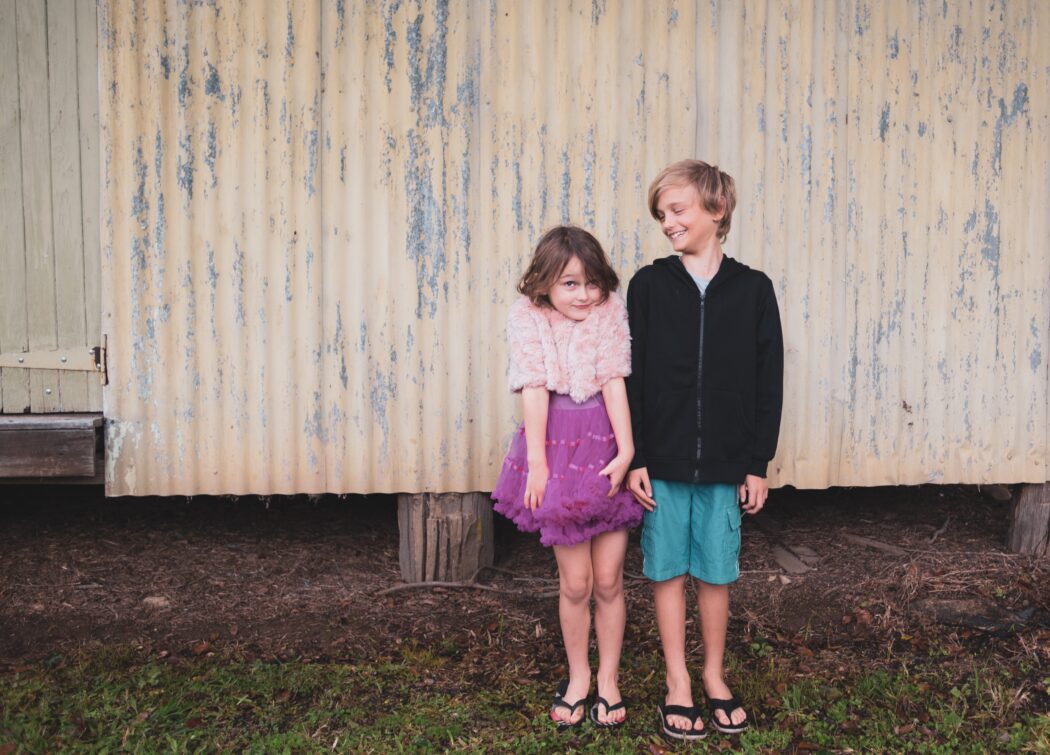






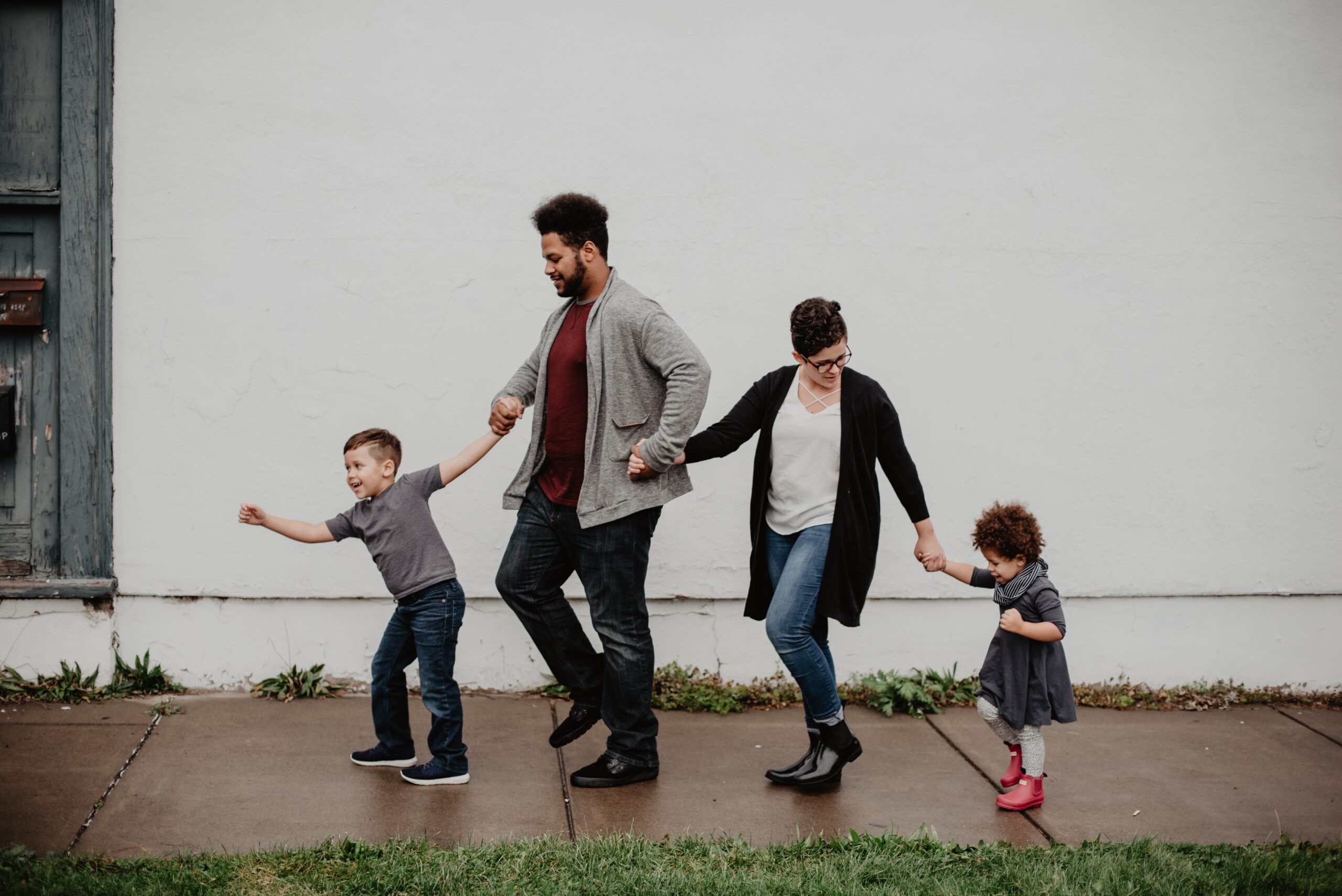
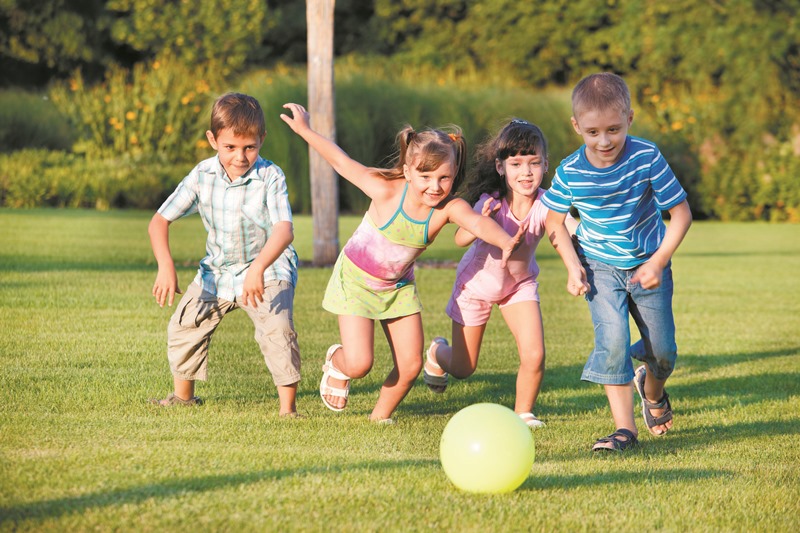
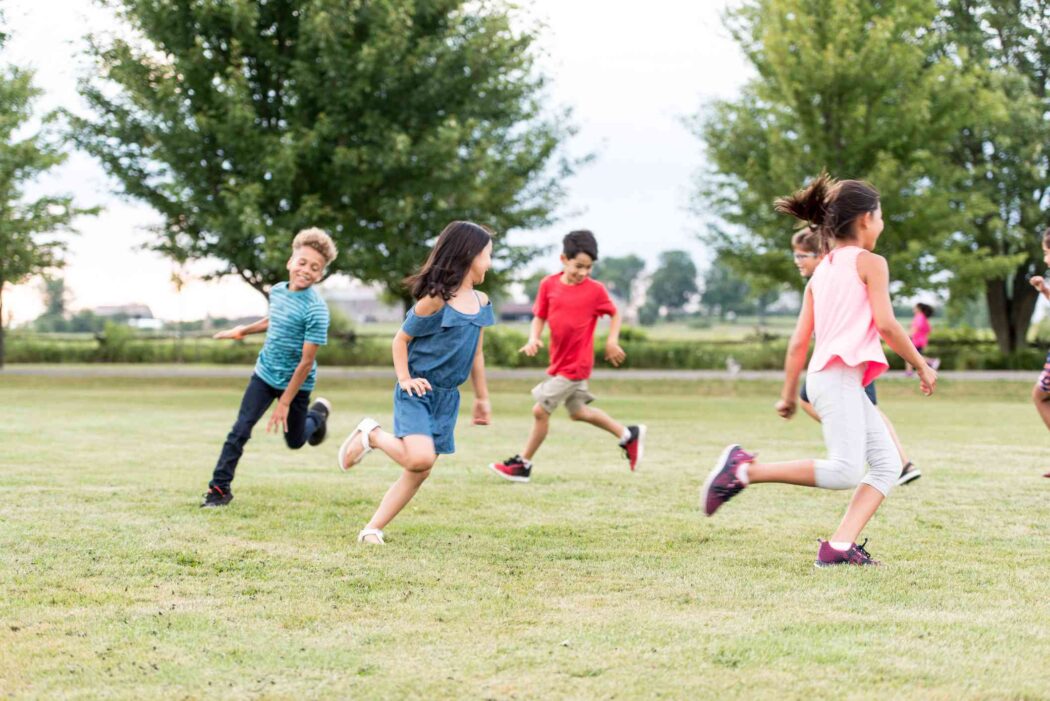 Maggie Dent’s newest book, Parental as Anything, an adaption of her popular ABC podcast, is a guide full of anecdotes, practical parenting advice and humour.
Maggie Dent’s newest book, Parental as Anything, an adaption of her popular ABC podcast, is a guide full of anecdotes, practical parenting advice and humour.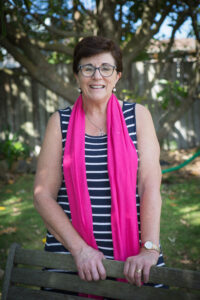
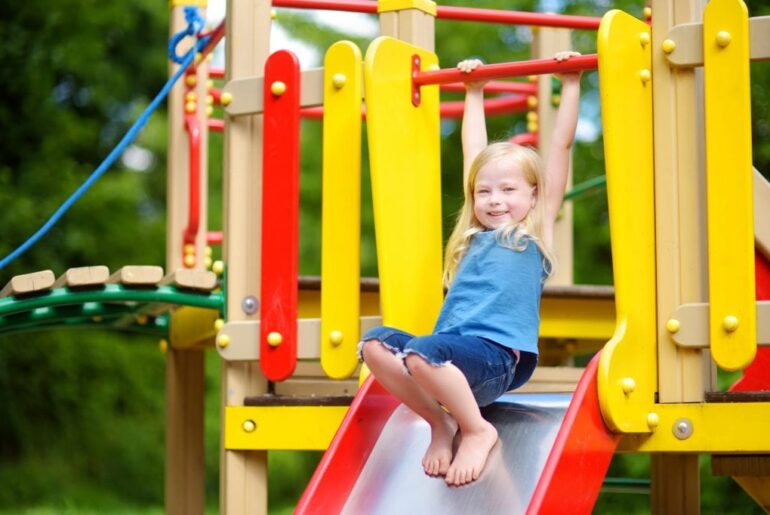

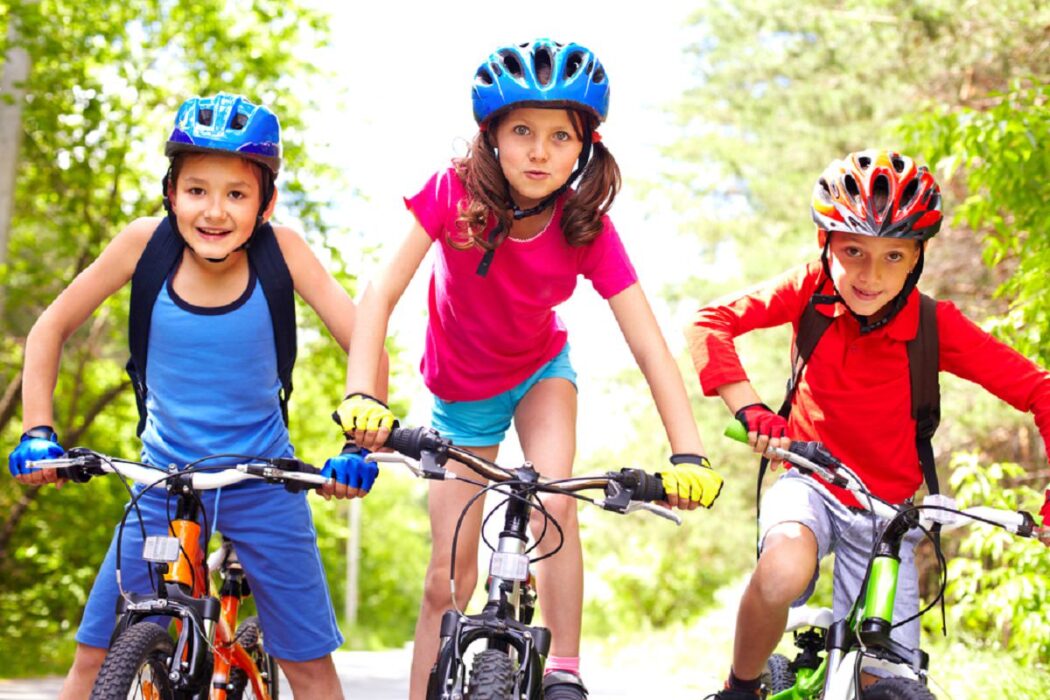 Technology can be used for education, entertainment or even recreational activity. A lot of time and energy will go into raising responsible and respectful digital citizens.
Technology can be used for education, entertainment or even recreational activity. A lot of time and energy will go into raising responsible and respectful digital citizens.